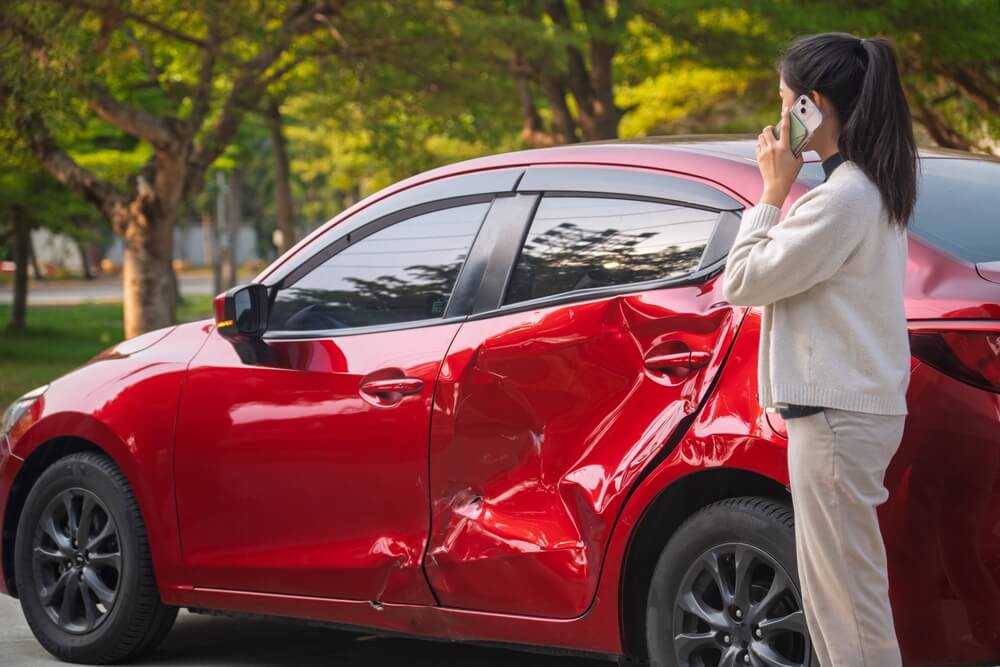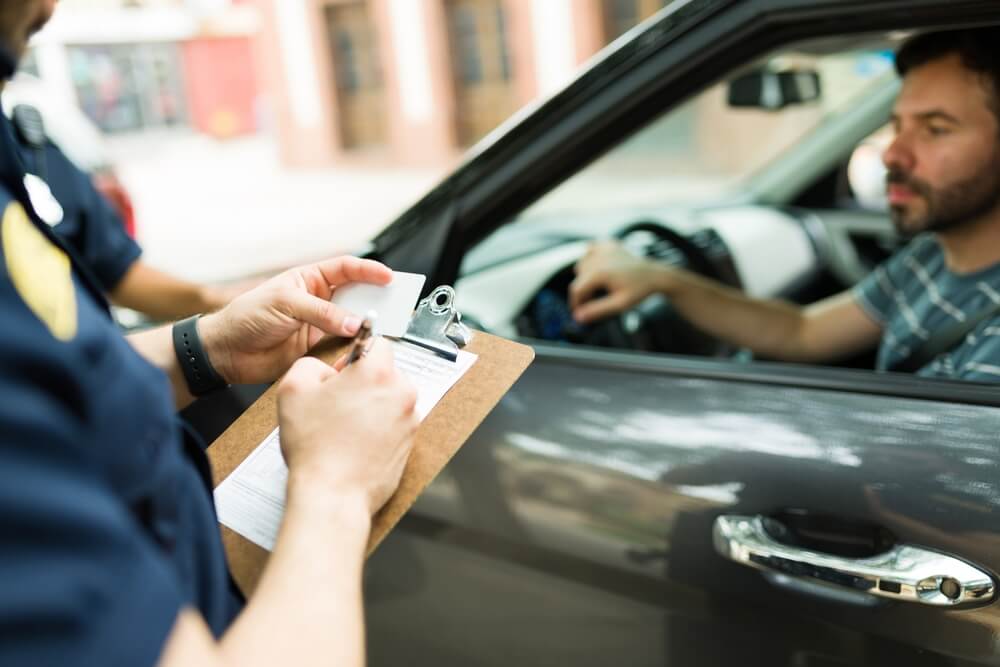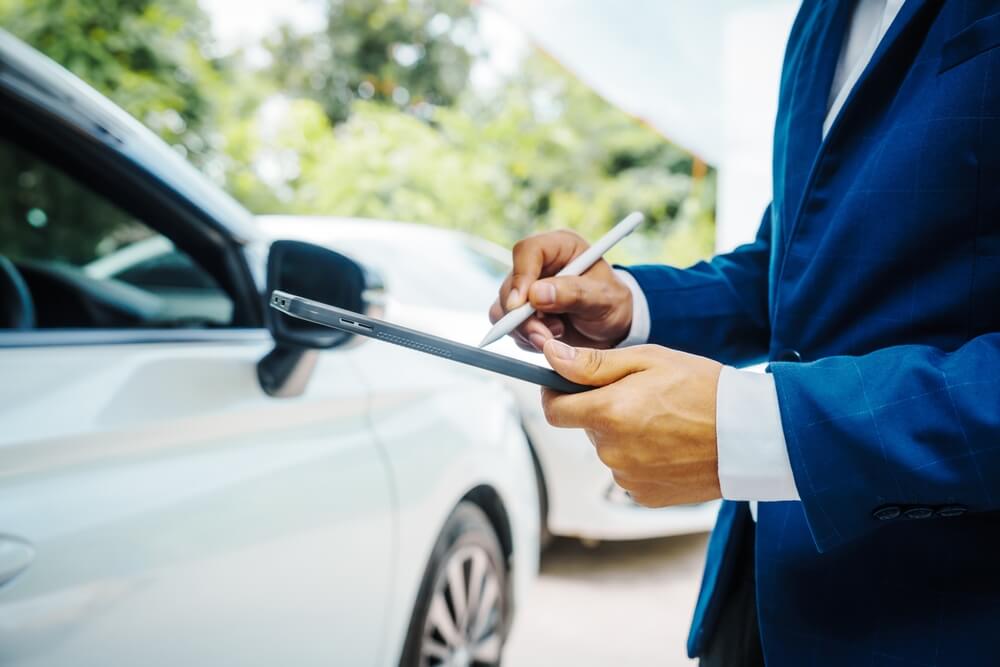
If you are not redirected within 30 seconds, please click here to continue.
Samedi: 10h – 16h HAE

If you are not redirected within 30 seconds, please click here to continue.
If you are not redirected within 30 seconds, please click here to continue.
Table of Contents
Few of us are perfect drivers, but avoiding traffic tickets and collisions caused by poor driving habits can keep your car insurance premium low.
Whether you’re prone to rolling stops at intersections, checking your phone while you drive, or not signalling when you make a turn, there’s probably a least one bad habit you know you should put the brakes on to be a safer driver. Here are 11 unsafe driving habits you should avoid:
- Driving too fast for road conditions. Regardless of the posted limit, your speed should always be dictated by road conditions, regardless of the season. Whether it’s a winter blizzard or summer thunderstorm, visibility will be low, and the surface you’re driving on perilous, so always slow down in bad weather, especially during winter conditions. Even if the roads look clear, you may hit black ice or a snowdrift unexpectedly.
- Not having the right tires. Many people think all-season tires are sufficient for all kinds of weather and road conditions. There are few locales in Canada, if any, where winter tires are not recommended. Winter tires will give you more grip and control in slippery and icy conditions. They will significantly increase your safety on the road during the cold months and should be put on your car as temperatures consistently fall below 7 C.
- Not keeping your car clean of snow. Your windows and lights need to be clean and clear, which means removing snow (or mud) that’s accumulated that might limit your visibility and the effectiveness of headlights and signal lights. According to section 74 of the Ontario Highway Traffic Act, you can get a fine of $110 for failing to clear snow and ice off of a vehicle’s windows. And don't forget to remove all the snow from your car. You may not think snow on the roof of your vehicle will affect your ability to see the road ahead, but it can make driving difficult for the vehicles travelling behind you.
- Not checking weather and road conditions in advance. Regardless of the season, you’re less likely to run into trouble if you check the weather forecast before you leave on your trip. If it’s a long one, remember it may be sunny and clear where you are now but snowy and slippery closer to your destination. You should consider whether you need to make the trip, or at least assume you’ll need to drive slower to navigate slippery roads and poor visibility, as well as any construction or road closures that might affect your route.
- Not turning on your headlights. Modern vehicles tend to have sensors that make your lights turn on automatically under certain conditions, but it’s still up to you to make sure the right lights are running based on the time of day and weather. And while your instinct may be to turn your high beams on to navigate fog, they will hinder rather than help — always turn them down when there’s oncoming traffic near on the horizon. Remember, your headlights are just as much about letting other drivers know that you’re there as they are for lighting your way.
Don't waste time calling around for auto insurance
Use RATESDOTCA to shop around, and compare multiple quotes at the same time.
6. Not using your signal lights. Just like your headlights, your signal lights are there for a reason. You should always signal when changing lanes or turning so other drivers know your intention. Even when driving on an empty country road, you should maintain the habit of using your signal lights when making a turn at an intersection.
7. Not coming to a full stop. When the way is clear at an intersection or if you’re in a quiet or rural area with no other vehicles in sight, it’s tempting to slow down at a red light or stop sign rather than come to a full stop as the law requires. Even if you’re allowed to make a right turn at a red light or stop sign, your vehicle must still come to a complete stop and yield to right-of-way traffic, including pedestrians crossing the intersection.
8. Driving while distracted. Many things can distract you while driving, and today the most common one is using your mobile phone while driving. In both Alberta and Ontario, distracted driving laws make it illegal for drivers to use handheld devices, so ignore the ping of a text and only answer calls if you can do so hands-free. Talking to someone on the phone or adjusting the onboard infotainment system can also steal your focus away from the road. And don't wear headphones while driving — being able to hear what's happening around you is as important as seeing what is too.
9. Not giving other drivers enough space. Whether in motion or at stopped waiting for the light to turn green, you should keep enough space between you and the car in front of you — a good rule of thumb is one car length. While it’s not always possible during rush hour traffic, having enough room to manoeuvre can help you to avoid a collision when something unexpected happens. Be mindful that you’re not accidentally tailgating another vehicle because you’re not paying close attention to what’s in front of you — you may collide with another car if they have to stop suddenly. If you do, you’ll likely be considered at fault for that collision.
10. Not buckling up. Most people do wear a seatbelt, but those who don’t are putting their lives at risk, even if they’re only making a quick local trip. Your risk of injury and even death dramatically increases if you're in a collision and not wearing one. In Ontario, all drivers must ensure they and their passengers are buckled up. You can be fined between $200 and $1,000 and end up with two demerit points on your licence if convicted of not wearing a seatbelt.
11. Driving too fast. It seems like a no-brainer to mention speeding as a bad habit because it’s obviously against the rules, but many of us do it. However, by trying to shave a few minutes off your travel time, you raise the likelihood of a crash. Speeding fines are calculated according to the number of kilometres you are over the limit, and those kilometres get more expensive the faster you're going. Resist the urge to press harder on the gas even if other vehicles pass you and consider using your cruise control to lock yourself into the speed limit when it makes sense.
If you want to avoid traffic tickets and collisions that will affect your car insurance premium, be honest with yourself about your driving habits, and remember that traffic convictions stay on your driving record for three years. An at-fault collision will remain on your record for six years.
Get money-saving tips in your inbox.
Stay on top of personal finance tips from our money experts!











